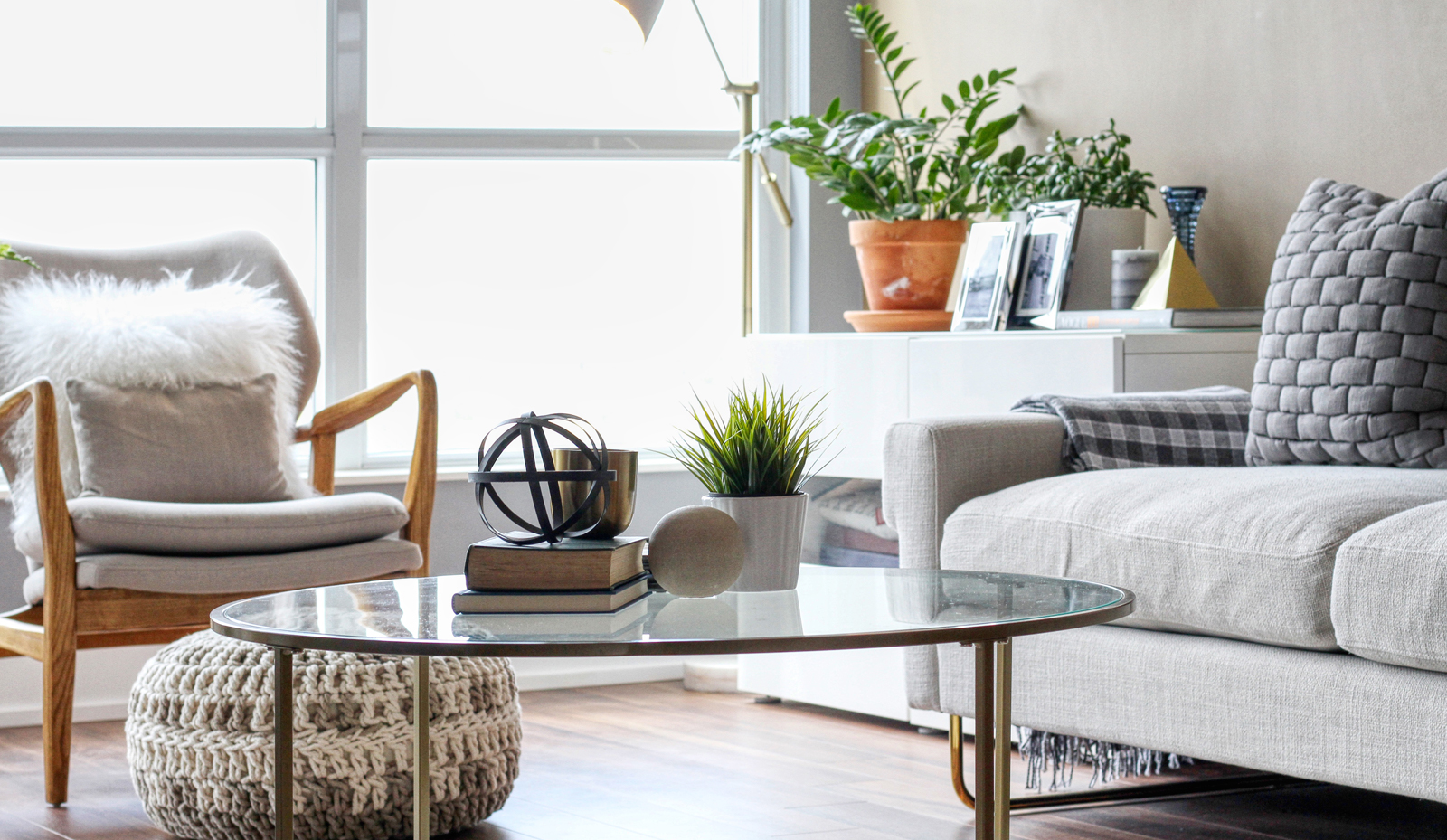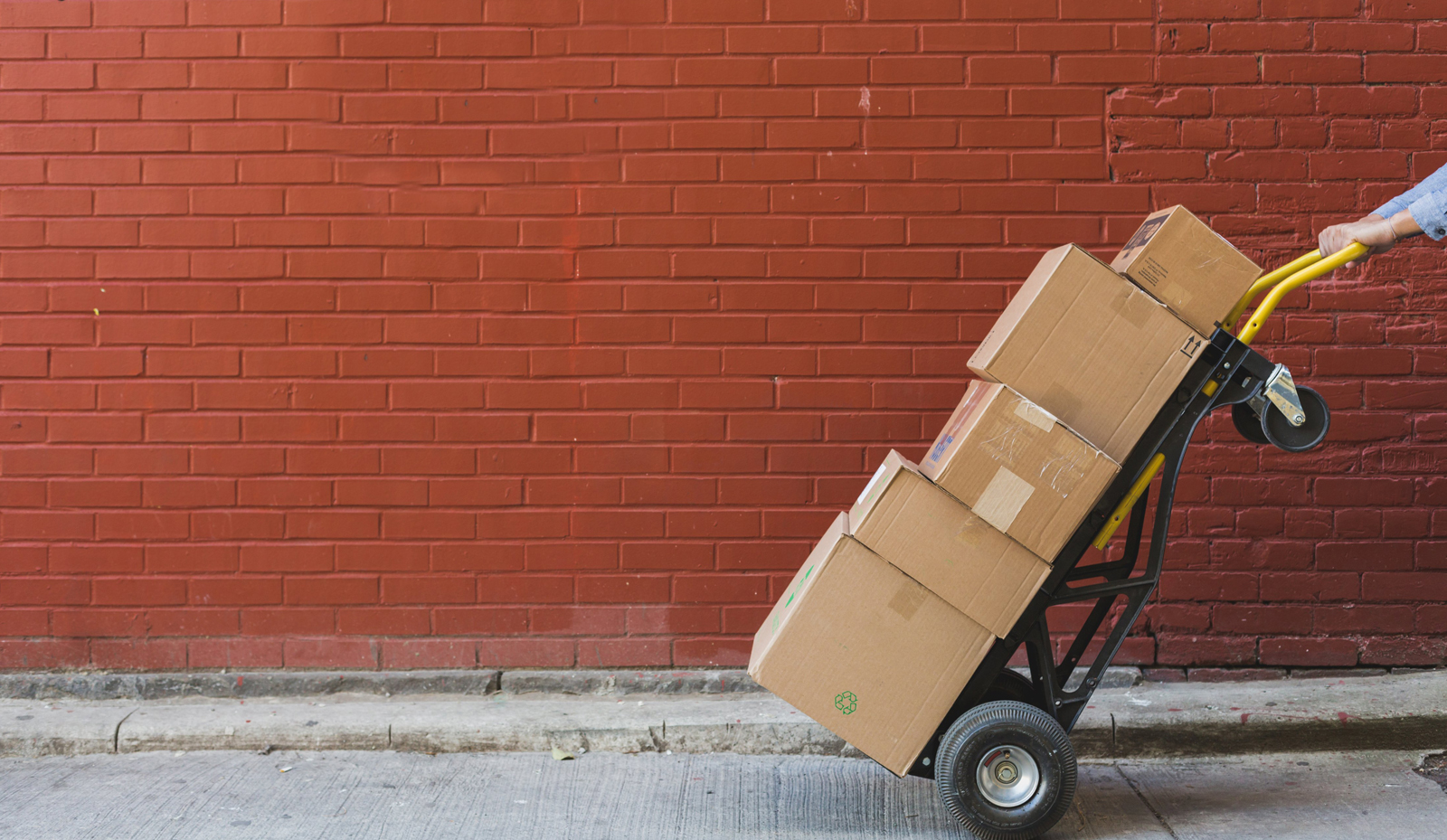10 things to do when you move into a new home
Apartment Therapy put together a great list of the first 10 things to do when you move into a new home. Check out the list and create your plan to complete shortly after moving day.

You’ve survived months (and maybe even years) of scrolling through house-hunting apps and hitting up open houses every weekend. You’ve held your breath through the bidding wars and those scary weeks before closing, and now the deal is finally done. You’re a homeowner—WOOHOO! But before you stick your keys in the door and celebrate, there are a few things to keep in mind. We asked some experts to weigh in on the first things homeowners should buy for their new abode; and some of their answers may surprise you.
Here are the first 10 things to do when you move!
New locks
According to Judy Dutton, deputy editor at Realtor.com and the editor of “The Essential First-Time Home Buyer’s Book,” due out in June 2019, changing the locks should be number one on your list of priorities.
“After all, you never know how many copies of the last key are lurking around, so best to start fresh,” she says. “And make sure to get at least a few extra keys, since they’re often a pain to get later.”
An alarm system
“Safety should always be your first priority,” says Kemdi Anosike of Warburg Realty in New York City. He seconds Dutton’s note of changing the locks and adds that making sure there’s an alarm system in place is also important, regardless of where your new home is.
According to the FBI Uniform Crime Fighting Statistics, home burglaries are luckily on the decline as of 2018. Unfortunately, they’re still fairly common. It probably comes as no surprise then that burglars are most attracted to homes without security systems, according to Alarms.org—and believe it or not, only 17 percent of the nation’s homes are even armed with a system.
Pro tip: Buying a security system could even save you money on your homeowners insurance.
Smoke and carbon monoxide detectors
Updating smoke and carbon monoxide detectors can be easily forgotten, but it can literally save lives. Each year, 450 deaths are reported in the United States from unintentional carbon monoxide (CO) poisonings, according to a 2011 study published in the American Journal of Public Health, and another 15,000 cases require hospital visits to the ER.
Dutton suggests buying new detectors if your home doesn’t already have one, replacing outdated ones, and replacing the batteries in functioning ones, if needed.
A quality bed and mattress
For anyone on a budget or looking to save, Steve Gottlieb of Warburg Realty says you might want to hold off on buying furniture—except when it comes to a bed and mattress.
“It doesn’t always make sense to spend too much money on furniture,” he explains, “especially on pieces that are trendy—furniture doesn’t have much resale value, especially if they fall out of style.”
That said, a quality bed and a supportive mattress are the smartest pieces to go with first, Gottlieb shares. (And trust me, your back will thank you later.)
Looking for the best mattress (but don’t want to go to the store to test one out?) Here, five crucial questions to ask before buying a mattress online.
A comfy sofa that’s built to last
Let’s be real—your living room couch gets a lot of action. It’s where you binge Netflix at night, encourage company to sit whenever you have guests, and pretty much lounge on top of for hours at a time when you’re bored. So it’s gotta be top-notch.
“A nice sofa is the foundation for many people’s living rooms,” says Gottlieb, “not only visually in terms of decor, but also for day-to-day living (and lounging!).”
Looking for a sofa that’s big on comfort, but small on space? These low-profile sofas will make your space feel bigger.
A good coffee maker (if you don’t already have one!)
You’ll be needing lots of energy to get started with all that moving, painting, and sanding. Make sure your coffee maker is up to snuff (and if not, make sure to get a good one, STAT!). Trust me, you’ll be pouring many cups of Joe in the coming weeks/months as you set up your home—you’ll want to make sure they’re just how you like them.
Here are our picks for the best coffee makers, no matter how you take your coffee.
Cleaning and organizing essentials
No home is complete (or make that functional) without some basics on hand like trash bags, cleaning supplies, and clothing hangers, says Dutton. Oh, and don’t forget to buy a shower curtain too, she says, since you likely left your old one behind. After all, “you’ll want to shower without spraying water all over your new floor!” says Dutton.
If you can, spring for a deep-clean by the experts. But only if there’s no construction or maintenance work to be done—then you’ll be stuck sweeping up pesky dust and other debris.
“You can sanitize the carpets by having a specialist steam clean them or by renting a steamer from various local vendors at a fairly low daily rate,” says Melissa Colabella of Julia B. Fee Sotheby’s International Realty. “I suggest putting new HVAC filters in as well to reduce allergens and guarantee an efficiently operating system. This will also lower bills!”
A binder for all your important documents
“If you haven’t started a binder during the closing process already, start one now,” says Colabella. “This is where you will keep tax bills, home improvement records, maintenance records, and any other pertinent items for the home. The deed should be kept in a fireproof safe. “
A keypad for the garage door
“I cannot tell you how many times I’ve locked myself out of my house, or wanted to go on a run without the jingle of my keys so I got a keypad installed,” Tricia Rossi of Gateway Sotheby’s International Realty says. “Best $40 I’ve spent!”
Some finishing touches
“I am a big believer of a fresh start,” says Anosike, who adds that there’s nothing that signifies new opportunity more than repainting the walls of your new home or sanding and polishing the floors to your taste before ordering furniture.
And here’s a pro tip to keep in mind: “Don’t forget to take measurements of your space and furniture to make sure it is a fit,” he shares. Because if it’s not, you’re in for a real bummer of a day.
Looking for some design tips? Our staging designer Alicia Sass has offered up some great design advice.
Above all, enjoy this time as much as you can. New beginnings can be scary; but they can also be the start of something pretty great.


